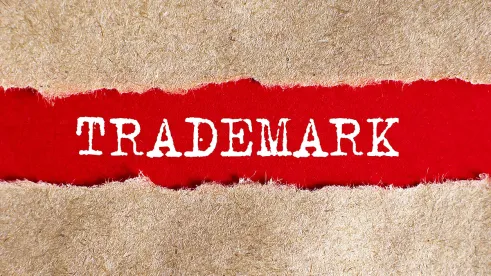The New York Times recently reported that Wendy’s is expanding to the Australian market but faces a significant dilemma: a fast-food chain by the same name is already there. It is not the first convenience food restaurant to face this dilemma. In Australia, Burger King is called Hungry Jack’s, although it has the same trade dress elements as the original (logo design with the mark between two halves of a burger bun, orange and white signage outdoors, and orange décor inside). The only difference is that BURGER KING has been replaced by HUNGRY JACK’S. And this issue is not limited to the restaurant industry. As The NY Times reported, Australia is home to a home goods company (pun intended) called Target. Does that sound familiar?
How did this happen to such large, famous brands, and how can you prevent it from happening to you? Trademark rights are territorial, so a party with a single country registration owns exclusive rights (and can enforce those rights) only in the country where it owns the registration. Note, even if you don’t do business internationally, having a trademark similar to that of a party outside the U.S. can cause confusion with respect to your online presence such as website names and social media handles. For example, a consumer searching for one company’s branded stores or products online might be confused or even irritated if they instead find another company with the same or similar brand in a different country. If this is a concern, you may want to consider how to deal with foreign trademark owners. Here are a few options that can prevent your facing the same scenario some famous brands have experienced:
1. Register trademarks anywhere your customers are now or may someday be located, within reason. If you are selling online (or for that matter, off-line) to customers in many countries, it’s most economical to avail yourself of an “International Registration,” which an experienced trademark attorney can file on your behalf once you have filed a U.S. trademark application. If granted, this single registration gives you the option to select from over 100 countries where your mark will be registered.
-
If you haven’t adopted your brand yet, it’s essential to engage trademark counsel to do thorough trademark clearance, using specialized databases (not just a Trademark Office, Google, and/or Lexis search—read more here). It’s also smart to have counsel conduct more limited, strategic searches for the availability of the mark in multiple jurisdictions, with a more intensive focus on those foreign jurisdictions where you have or anticipate having many customers.
-
Unlike in the U.S., where intent-to-use applicants must prove use of the mark to register it, most foreign jurisdictions do not require actual use of the mark. In fact, in the vast majority of foreign countries, if you don’t register your mark there is no way to stop a third party from using it in violation of your trademark rights (a so-called “trademark infringement”).
2. If it is too late to register and someone else is using your mark in a country you wish to sell in, reach a coexistence agreement. For example, the two Wendy’s in Australia sell different kinds of food, so this might have been a basis for them to agree to live peacefully together (although that’s not necessarily going to prevent customers from getting confused).
3. Try to buy out the registrant. An approach may be made through an intermediary, such as a private investigator used by your trademark counsel, to assess interest in selling as well as the purchase price. Alternatively, your trademark attorney can reach out to the counterparty’s attorney to try to work out a deal (whether that’s a buyout or a coexistence agreement).
Remember these tips when you are thinking about your brands—especially if you are selling abroad or plan to one day. As with most strategic business decisions, advance planning is critical.




 />i
/>i

